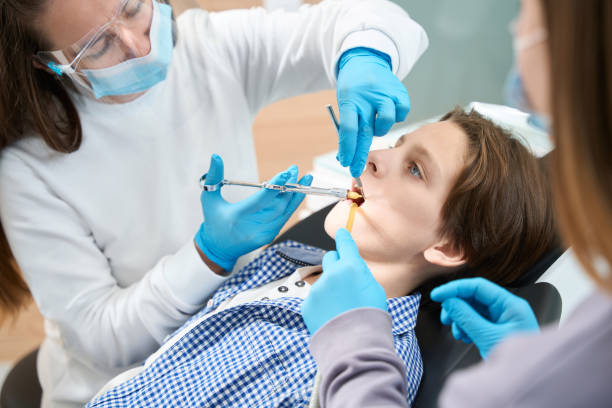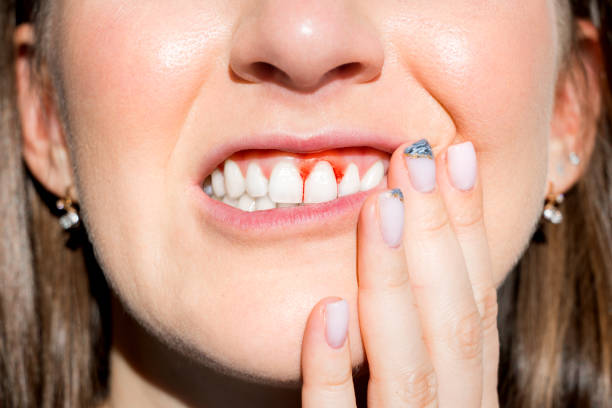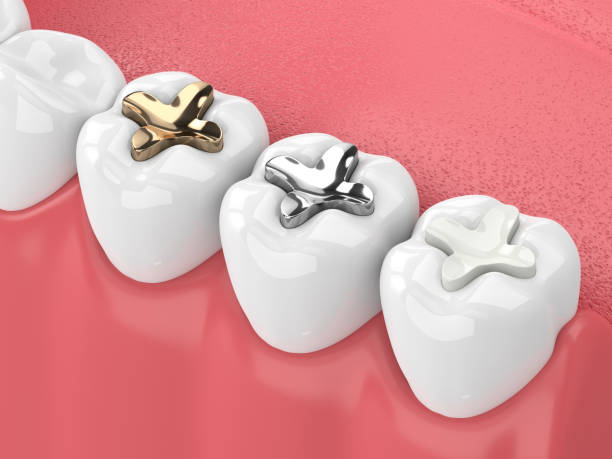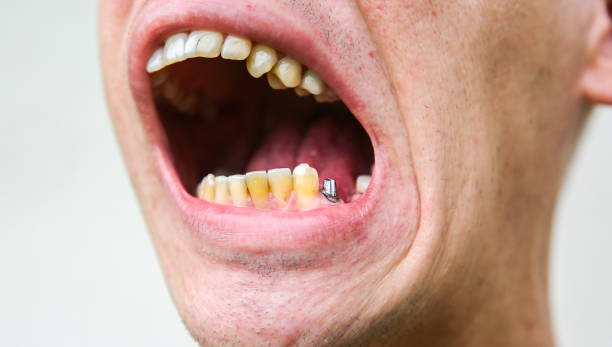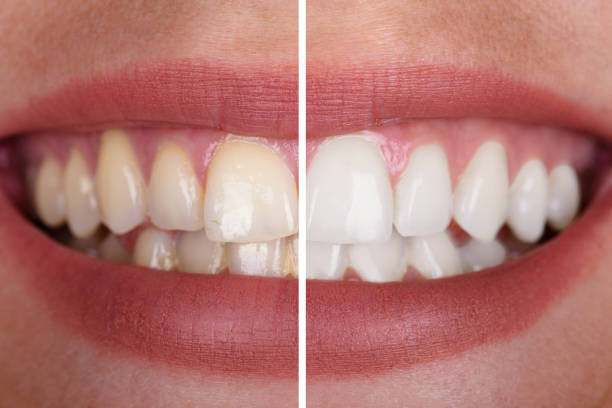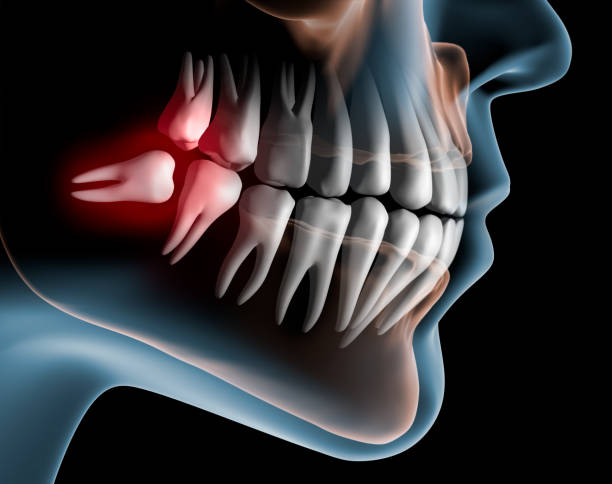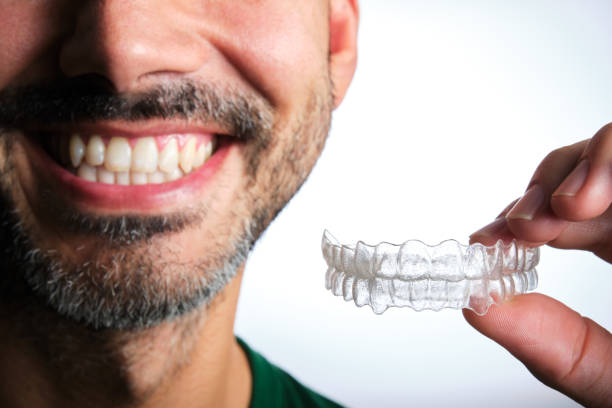Have you ever pondered the existence of teeth when observing a frog enjoying a meal? Has the discussion advanced to the point of asking whether frogs generally have teeth?
The most recent evidence suggests that, after 20 million years of study and research, the teeth in their lower jaw have begun to re-evolve.
Table of Contents
Do Frogs Have Teeth?
Although frogs typically have teeth, they don’t chew their food as most mammals do. The maxillary and vomerine teeth, which are typically found in frogs’ upper jaws, help the animal hold back and eat its prey.
In actuality, not all frogs have teeth. Furthermore, they have teeth that are very distinct from those of other mammal species. Let’s look at some fascinating tidbits about frog teeth and how they compare to those of mammals like humans.
Other Posts You Might Like: Do Turtle Have Teeth?
Which Frogs Have Teeth?
Carnivorous frogs have two kinds of teeth: maxillary and vomerine. They differ in a few ways from mammalian teeth. First, frogs only have teeth in the maxilla or upper jaw. (Hold your breath, though, because there’s a revolution coming) The mandible (lower jaw) lost its teeth about 250 million years ago. (Remember that number)
Second, where mammals only lose one set of teeth throughout their lives, frogs continuously replace their teeth. It’s a good thing frogs don’t have tooth fairies because there is always a “functional” tooth in place with a replacement ready to go at every location.
Third, frog teeth are conical in shape. It’s a little nerve-wracking, but you shouldn’t worry too much. Frogs don’t use those teeth as a form of defense. The African bullfrog is one of the few exceptions to this generalization, though there are others as well.
In the wild, these bullfrogs grow to be quite large. Because of this, their prey—mice, lizards, and other frogs—tends to be larger as well. The bullfrog’s teeth are large and sharp, referred to as odontoid processes or odontoids.
They also have sharp, recurved maxillary teeth. They have a reputation for biting when threatened (like when lifted by nosy humans). You’re likely to lose some blood, but it’s unlikely that you’ll lose a finger. It’s best to treat every animal with respect, including your pet frog.
Maxillary Teeth
There is no external indication of a frog’s maxillary teeth. It can be challenging to see this row of tiny teeth, even when a frog opens its mouth. (Seriously, put that poor frog down.) The mouth’s edge is lined with tiny cones.
The maxillary teeth are essentially the same size and shape. Unlike mammals, frogs have non-specialized teeth. Why? The sole purpose of the maxillary teeth is to aid in feeding.
Frogs are not chewing, that much is true. It is difficult to chew on something with a conical shape. However, it DOES assist in guiding the frog’s prey down its gullet and holding it there.
Frogs force the prey item down their throats using their arms, tongue, and eyes. Wait, eyes? True story: frogs retract their eyes into their head, creating pressure within the oral cavity. The prey they are holding then begins to slide back.
Why do we need those maxillary teeth, then? The tongues of frogs aren’t attached to the back of the mouth like those of mammals. The tongues of frogs are attached in front. Good for catching prey but not the best for handling prey.
While the frog swallows, food is held steady by the teeth. They also aid in reversing the prey’s direction toward the throat.
Vomerine Teeth
Forget about attempting to locate the vomerine teeth, even if you found the maxillary teeth challenging to see. Vomerine teeth are so named because they are located in the vomer bone of the skull.
They are partially hidden from view by a mucus membrane.
Once again, the function of the vomerine teeth is in food assistance. They assist the maxillary teeth in holding prey in place while the frog swallows.
The frog’s meals are securely held in place by the vomerine teeth, which are located in the mouth’s roof. The sharp points pierce the prey’s body. Although the prey doesn’t actually feel a massage, it’s not exactly a bite either.
Toads Don’t Have Teeth
Frogs and toads share many similarities, but it’s a simple task to differentiate the two. It turns out that their mouths offer yet another difference. Simply put, toads lack teeth. Toads are mostly ambush hunters, so they depend on their ability to blend in to be able to stalk their prey.
When an insect (or mouse) is stunned, they have enough time to swallow its prey whole without the aid of its maxillary or vomerine teeth.
The fact that they are inside your garden should be taken into consideration before you feel the need to poke your next garden intruder in the mouth. You probably have a toad settling in among the flowers unless they’re swimming in the pond. (And, really, the bumpy skin should give them away in the first place)
Gastrotheca Guentheri
Do you still have in mind the 250 million years old ancestors of the frog that gave up its mandibular teeth? According to Dollo’s Law, the evolutionary trait SHOULD have been lost forever since it was abandoned. Why do humans no longer have tails? This. As a result, evolution removed the genes from the gene pool after the species decided we didn’t need them. The theory suggests this.
They are the only species that have those teeth, as far as is known. Everyone was shocked to learn that mandibular teeth first appeared in the fossil record 20 million years ago. This group of marsupial frogs RE-EVOLVED a lost characteristic.
The return of a lost trait is major news, but Gunther’s marsupial frog couldn’t care less about its shocking impact on evolution. What’s to stop other species from regaining their lost teeth if this marsupial frog species can develop mandibular teeth?
After all, the components are present in every species of carnivorous frog. (The structures and the conical shape of mandibular teeth are similar to those of maxillary teeth, which are used to manipulate prey. Every frog’s body contains the same amount of calcium. Why didn’t other animals decide to reintroduce mandibular teeth?
This realization extends beyond frogs as well. If the right environmental circumstances were present, perhaps other species could hold onto “lost” traits. (Furthermore, it naturally makes evolutionary biologists’ minds race if the necessary components for the feature are present in the species.
Looking into frogs and their teeth opens the mind, whether you’re interested in the evolutionary viewpoint or you’re just curious for fun.
No, the pond’s frogs won’t start gobbling up your fingers any time soon, but they will start gobbling up the dragonflies. Even if you can’t see the teeth in action, it’s still good to know they’re there.
Facts About Frog Teeth Vs Mammal Teeth
- When necessary, frogs replace their own teeth. as opposed to most mammals, who only lose one set of teeth during their lifetime. A replacement tooth is constantly available for frogs who lose a tooth.
- Food chewing is not intended for frog teeth. Instead, they serve as a prey anchor that can be swallowed. Before consuming food, mammals chew and break it down with their teeth.
- Compared to mammal teeth, frog teeth are very different in shape. Mammals have various sizes and shapes, in contrast to frogs, whose teeth are small and shaped like cones, and which only function to hold food back.
How Do Frogs Eat?
Frogs go through a metamorphosis after they pass through the tadpole stage.. During this process, the frog’s skin changes, and it undergoes an almost complete reconstruction of its face and jaw.
Frogs are completely toothless and go without food as a result during this time. Instead, the tadpole’s body uses the energy from absorbing its tail to help power essential changes.
Adult frogs have a vastly different diet than tadpoles and require teeth (or something like them) for catching prey.
Like most amphibians, all adult frogs are predators, but they lack the muscles needed for chewing, so how do they process their food?
A frog can’t swallow using its tongue.
On the front of a frog’s mouth, the tongue is fixed. A frog will flick small pieces of prey into its mouth using its tongue.
The upper and lower jaws of a frog are used to grasp prey. Despite the bony outer ridge, the roof of the frog’s mouth is soft.
By pushing down their abnormally large eyeballs, the frog places pressure on the soft upper jaw and forces the prey down its throat.
This adaptation is why frogs always blink when they eat.
FAQs
What purposes do frog teeth serve?
The maxillary and vomerine teeth that frogs have in their upper jaw work in tandem to hold their prey in place while they swallow it whole. In contrast to the majority of mammals, frogs do not chew their food with their teeth
Have frogs got Mandibular teeth?
Only the Gastrotheca Guentheri frog species possessed teeth in both the mandible and maxilla. Only the maxillary and vomerine teeth, which are located in the maxilla, are typically present in frogs.
Does a frog lose its teeth?
Frogs frequently lose their teeth, which are quickly replaced by new ones. Frogs lose their teeth when they become loose or are no longer sharp enough to perform their function, just as they do with their skin.
Can frogs bite?
Frogs have teeth, and they might bite if they think they see food. Frogs may bite you if you wave your finger in front of them because they believe it to be food. Do not panic if this occurs; instead, give your hands a thorough 20-second wash with soap and water.
More About Animal Teeth: What Dinosaur Has 500 teeth And Nigersaurus Pronounce

